What is the definition of hot water? According to the 2018 Uniform Plumbing Code, hot water is: Water at a temperature exceeding or equal to 120-degree Fahrenheit or 49 degree Celsius. That seems straight forward and simple. The minimum or maximum temperature of water is something that has become topic of discussion in many code hearings and out in the industry itself. If water is too hot, then burns or scalding can be a health and safety issue. More recently the spotlight has been turned on the issue of Legionella. Legionella is an issue in water systems and depending on the water temperature Legionella can multiply and grow within the system.
Temperature affects the survival of Legionella as follows:
- Above 70 °C (158 °F) – Legionella dies almost instantly
- At 60 °C (140 °F) – 90% die in 2 minutes
- At 50 °C (122 °F) – 90% die in 80–124 minutes, depending on legionella strain
- 48 to 50 °C (118 to 122 °F) – can survive but do not multiply
- 32 to 42 °C (90 to 108 °F) – ideal growth range
- 25 to 45 °C (77 to 113 °F) – growth range
- Below 20 °C (68 °F) – can survive, even below freezing, but are dormant
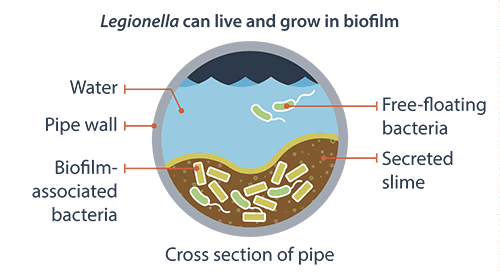
Plumbing codes address water temperature at individual fixtures and appliances. Section 407.3 of the 2018 Uniform Plumbing Code states that hot water at public lavatories shall not exceed a maximum of 120 degrees Fahrenheit. It also states that the water heater temperature control shall not be considered a control for meeting this code provision. Section 403.8 requires that the maximum mixed water temperature for individual shower and tub and shower combination control valves not exceed 120 degrees Fahrenheit. Code language clearly states that the water we deliver to the individual using these plumbing fixtures not exceed 120 degrees Fahrenheit. However, that temperature does not kill the Legionella which may exist in the water system. If we maintain the water temperature at the maximum allowed by code at the plumbing fixtures throughout the hot water system, from where we generate the hot water, to where we store the heated water, to the system piping and recirculation systems, we then run the risk of promoting the growth of Legionella. To address this issue, many facilities generate and store their hot water at temperatures that meet or exceed 140 degrees Fahrenheit. Bringing the water temperature at the source high enough to kill the Legionella present and stepping the temperature down at fixture or appliance to prevent scalding makes sense. However higher temperature throughout the water system can have an effect on piping, valves, and backflow prevention assemblies within the system.
Some areas are considering raising the system water temperature even higher. The state of Illinois is currently considering rules that will mandate that in buildings other than residential, hot water shall be generated, distributed and maintained at 160 degrees Fahrenheit or higher. The state is also looking to change the definition of hot water to water not less than 160 degrees Fahrenheit. What affect will these temperatures have on components within the hot water system? There will also be an increased cost for the installation and maintenance of mixing valves throughout the system piping.
When we look specifically at backflow prevention assemblies and water temperatures we need to look at what temperature the assemblies are rated for. If we look for example at the ASSE 1013 Product Standard for Reduced Pressure Principle Backflow Preventers, in section 1.2.4 of the standard states the temperature range of the assemblies shall be designed for a minimum temperature range of 33.0°F to 140.0°F (0.6°C to 60.0°C). The Standard also requires testing of the assembly at the manufacturer’s maximum temperature and pressure ratings to check for deterioration of the assembly’s internal parts. In section 3.15.1 it states the purpose of this test is to verify that when exposed to water at extremes of manufacturer’s temperature at its maximum rated pressure, the assembly continues to meet the performance of the standard. Water is circulated through the assembly for 100 hours under these high temperature and pressure. The fact that assemblies are subjected to this test in order to be approved and listed means that we can have confidence that they will perform at higher than normal temperature for a limited amount of time. Most manufacturers allow for a temperature range of 33 degrees to 110 degrees Fahrenheit for continuous use. They also allow for 140-degree Fahrenheit for intermittent usage.
The 2018 Uniform Plumbing Code also calls out in section 603.4.5 Hot Water Backflow Preventers: Backflow preventers for hot water exceeding 110°F (43°C) shall be a type designed to operate at temperatures exceeding 110°F (43°C) without rendering a portion of the assembly inoperative. This code section makes it clear that if the assembly is in continuous use above 110 degrees Fahrenheit then a specific hot water assembly must be installed. Several manufacturers make hot water specific assemblies that have a temperature rating of 33 degrees to 140 degrees Fahrenheit for continuous use and 180-degree Fahrenheit for intermittent use. These assemblies are also rated for a maximum temperature of 210 degrees Fahrenheit. The units are more expensive and may require special ordering but are worth the effort and price difference for the longevity of the assembly.
What about the backflow prevention assemblies we install outdoors in warmer climate areas? Being from the northeast part of the United States we install most of our backflow prevention assemblies indoors. We also supply them with water in most cases at between 50 degrees and 60 degrees Fahrenheit, be it summer or winter. This is a little different than assemblies installed in the sun in Las Vegas or Phoenix. I recently taught a repair class in Phoenix to a group of experienced backflow testers. I was amazed at the photos of the internal parts from assemblies in their areas. Several of the individuals told me that in the summer months they could almost turn off their water heaters since the incoming water from their services was nearly 110 degrees Fahrenheit. Think of an assembly on the Las Vegas strip installed on a fire service with no flow sitting in the hot sun all day long, day after day with no flow. Temperatures within that assembly must have a negative affect on those internal parts and vastly increase repair and maintenance costs. The temperature outside the assembly will have a direct impact on the temperature of the water inside the assembly and on the internal components.
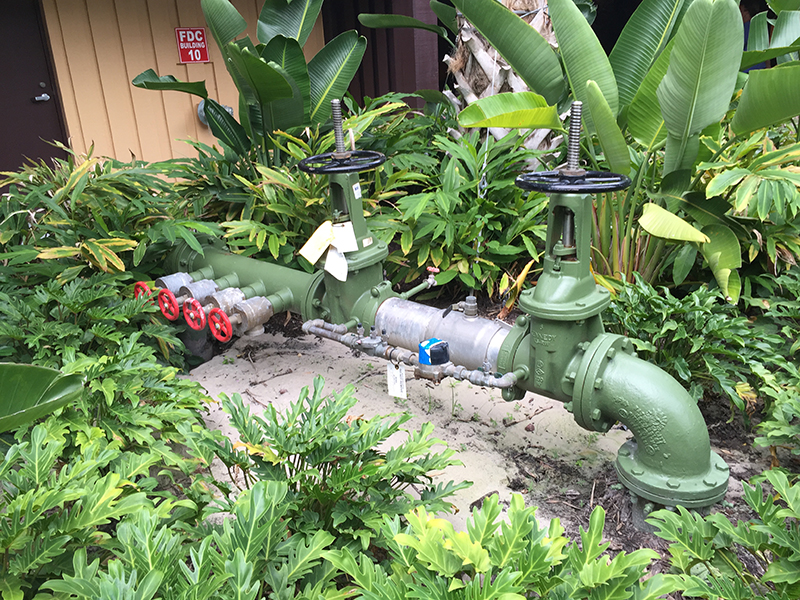
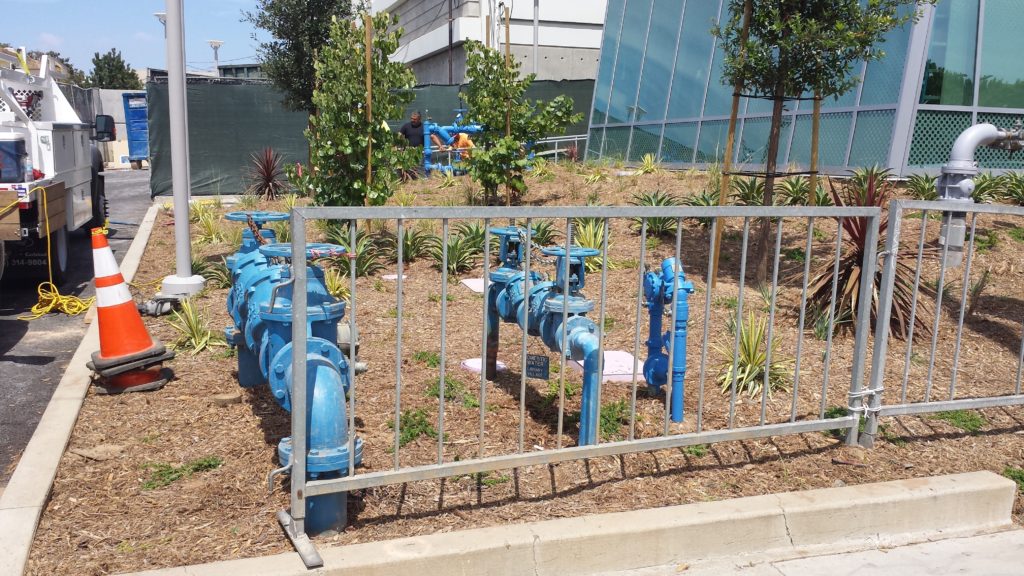
The ambient temperature of the environment a backflow prevention assembly is installed in can and does have a direct affect on the assembly’s performance over time. Assemblies installed in unconditioned spaces or in industrial situations can also experience these temperature issues. It is important that the proper assemblies be installed in areas where temperature will have an adverse effect on assembly performance. It is also important that testers or repairers recognize these issues and understand that the internal parts of hot water assemblies are different than those of normal assemblies. The Watts 909 reduced pressure principle series, as an example, does offer a hot water specific assembly. The LF909HW model is produced specifically for hot and harsh water conditions. The assembly has stainless steel check modules instead of the normal plastic parts. It is also significantly more expensive. The list price of a normal Watts LF909QT is $1464.00. The list price of a Watts LF909HW is $2373.00, a difference of $909.00. Many of the less expensive backflow prevention assembly models do not off a hot or harsh water rated assembly. It is important for contractors to understand these factors when bidding or pricing projects.
A number of years ago, when I was still working in the field, I was asked to quote a price on installing a coolant line in an industrial plant in Scranton, Pa where I live. We did quite a bit of work in the facility and were happy to look at the project. The plant engineers gave us the drawings and the project consisted of several hundred feet of 4-inch black pipe assembled using Victaulic joints and fittings. The first question I asked the engineer was what is the chemical makeup of the coolant that would be running through the piping, and what temperature would the liquid be within the system. When he asked why the chemical makeup was important I told him that Victaulic makes its gaskets using different materials to ensure that they will hold up against whatever material they come in contact with and can handle the temperature within the system. We researched what product we would need with the Victaulic Corporation and selected the proper gasket material that was almost double the cost of the normal gasket material we would use for a water or fire protection system. We were awarded the job and installed the system with no issues. Two years later we were invited to bid on a second coolant line at the facility. The facility management has undergone changes and had set up a competitive bidding process requiring the engineering section to solicit a minimum of three quotes for any work being done in the plant over a specific cost estimate. Our company gave a quote for the work and ended up being the highest bid and as a result was not awarded the project. The low bidder quote was almost 40% less than our price. They completed the project in the required time frame and life moved on.
Our company continued to do other projects and maintenance at the facility. Within two years the coolant system installed by the second company began to develop small leaks in some of the joints and over the next six months everything was leaking except the pipe hangers. The line we had installed several years before the second line had no issues. The facility engineer asked us to look at the problem and we found when we took parts of the system out of service that the gasket material had failed and as a result caused damage to the pipe ends in several spots. The contractor had not used the proper gaskets, instead using the less expensive product used in water and fire protection systems. The next time the plant had a major shutdown our company replaced all the gaskets and some of the piping that had been damaged. I don’t know if the other contractor decided to cut corners or if they didn’t realize that the normal gasket would be an issue but one way or another the mistake cost the facility a significant amount of time and money correcting the mistake. Therefore, it is important to know the temperature and pressure of the systems we are installing backflow preventers on. For both the contractor and the consumer its vital that we install the right protection in the proper location and take into consideration the environment we install assemblies in. It may be more expensive to install valves rated for hot water as an upfront cost but with future maintenance and repair factored in it is the correct thing to do.
We must also consider the effects of raising the temperature of water within our systems. Everything has a cause and effect. If we raise the temperature to kill bacteria we need to install mixing valves to prevent burns or scalding because of these higher temperatures. We also need to look at pipe erosion and damage to valves, fixtures and other components which can result from these changes. Just as the installation of backflow prevention changes the hydraulics of any system we need to understand that changes to temperature must also be looked at closely to ensure that these changes don’t adversely affect other parts of a more and more complex system.
About the Author |
|
 |
Sean is a 40 year member of the United Association Local 524 Scranton Pa. He has worked in all phases of the plumbing and mechanical industry and is a licensed master plumber. Sean is a Past President of the American Society of Sanitary Engineering. Sean is also the member of the ASSE Cross-Connection Control, Technical Committee. Sean is employed by IAPMO as the Vice President of Operations for the IAPMO Backflow Prevention Institute. |






 14 Feb 2019
14 Feb 2019
 Posted by Sean Cleary
Posted by Sean Cleary 





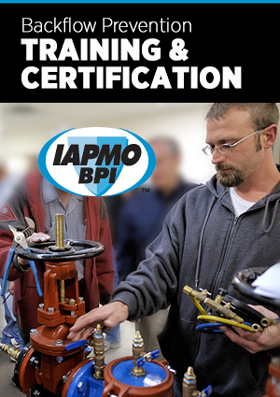
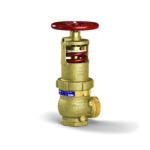
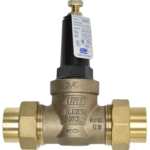
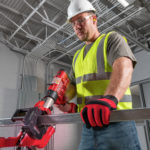

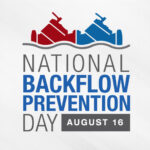

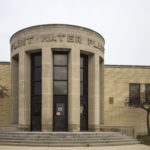
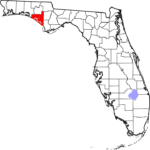
2 Comments
Excellent
Great article